Are baby pillows safe?
- baby pillows safe?
-
- UPDATED APRIL 04, 2024
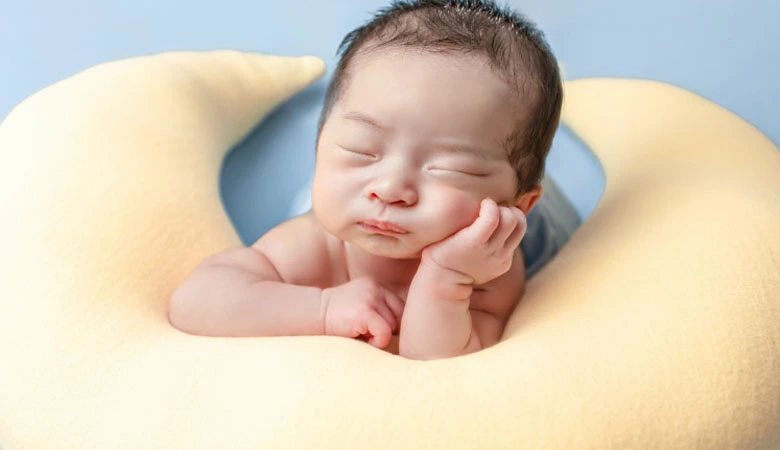
by Tasha Mayberry
430 shares
First of all, good job on getting the nursery ready before your little bundle of joy arrives! Those cute pillows in the crib, in different shapes, lovely colors, and prints, you must have spent a lot of time finding the right ones to complement the nursery’s décor.
But, can babies sleep with pillows? Are baby pillows safe?
You are probably thinking, “why not? I don’t feel comfortable sleeping without a pillow, and I want my baby to sleep comfortably as well”, right? WRONG!
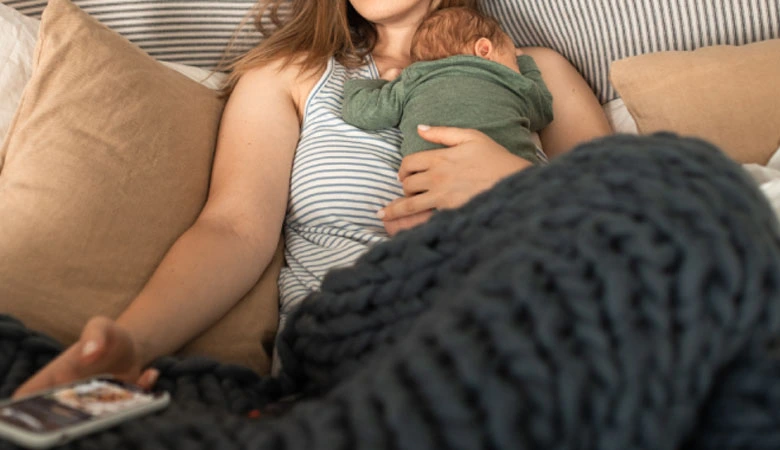
While the soft and plush pillows might look nice in the crib and feel nice for your little one to have, understand that he/she doesn’t know the difference yet, and it is best to leave it that way.
And if you thought baby pillows could help prevent flat head syndrome or plagiocephaly, as they are advertised, there is more you should learn.
Baby pillows, as their name suggests, are often aimed toward newborn and young babies, mainly as a flat head syndrome prevention tool. However, several experts, government organizations, and also charitable organizations, like the U.S. Food and Drug Administration and the Lullaby Trust, constantly remind parents that it is not safe to use pillows under babies or place the same in the crib.
Why are Baby Pillows Not Safe?
In terms of safety, there are various reasons to avoid using a baby pillow:
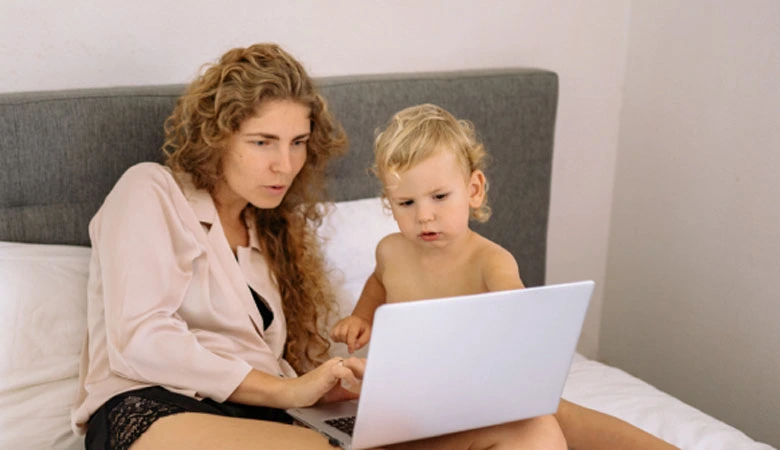
Suffocation
If you think a pillow could give your baby extra comfort, you couldn’t be more wrong. According to the National Institute of Child Health and Human Development (NICHD) of the US, around 4000 infants die suddenly in their sleep, one of the prominent causes of which happens to be accidental suffocation. Several of those reports were about babies who died from suffocation with the use of pillows and other forms of sleep positioners, and in many of these cases, babies were known to have suffocated having rolled to their stomachs. These reports are also backed by the NHS and other similar organizations.
SIDS
According to the Lullaby Trust, the use of pillows increases the risk of Sudden Infant Death Syndrome (SIDS) by around 2.5 times. Of the many environments babies are vulnerable to that leads to SIDS, overheating caused by using a pillow is one main reason. Choking is yet another reason leading to SIDS, and this is caused when the baby is not able to turn his/her head to the side when vomiting or spitting up milk, and also when the sponge or thermocol balls stuffed in the pillow come out accidentally.
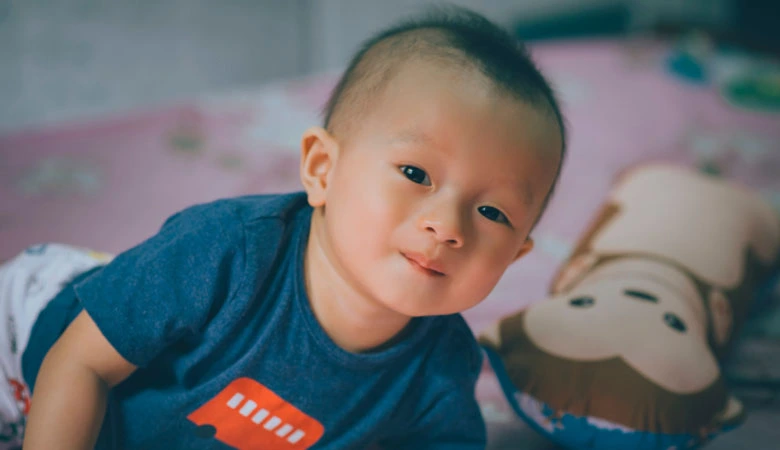
Overheating
Overheating is another issue caused by baby pillows. While pillows in the crib, in general, cause overheating, those that have polyester or similar covers tend to pose this issue even more. The increase in heat will automatically lead to temperature fluctuations in your infant’s body, and when this moves to become excessive heat or sweating, it could further lead to hypothermia, a condition that can be life-threatening.
Safe Sleep Environment
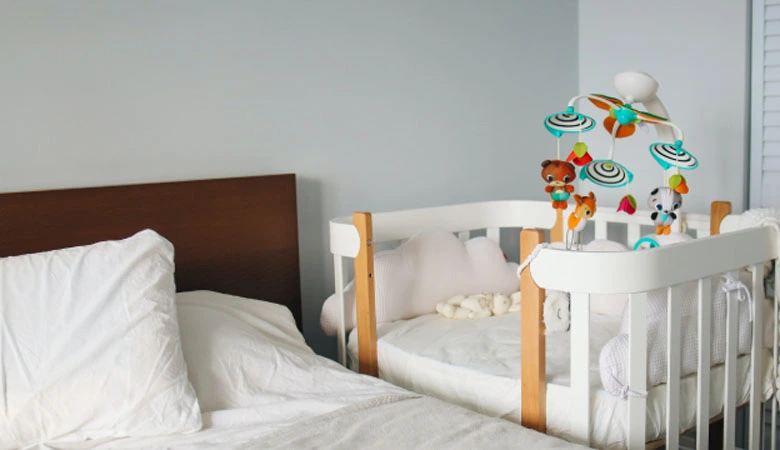
Creating a safe sleep environment for your baby is extremely vital, and here are some tips for the same:
- DO NOT use pillows, comforters, or any other loose and soft item under a baby or in the crib, since they can be highly dangerous.
- Make sure that the crib, and any other area where the baby sleeps in, are bare and do not have any soft toys, pillows, or other soft items nearby.
- Whether it is during their nap time or at night, place the baby flat on his/her back on a flat and firm surface.
- If your baby is co-sleeping with you, take all necessary precautions to make the environment completely safe for him/her.
- When it comes to dressing your baby for sleep, keep things simple; dress him/her in a one-piece sleepsuit, without a hat or other accessories, and if necessary, use a sleep sack for extra warmth instead of a blanket. Remember, your baby should be warm enough and not overheating.
- More importantly, make sure that other family members and your baby’s nanny or babysitter is aware of all these pointers.
What About Flat Head Syndrome?
If you are worried about your baby developing flat head syndrome, here are a few tips you can follow:
- Reduce the length of time your baby is on his/her back when they are awake.
- If your little one tends to hold their head on any particular side, gently move them to a different lying position.
- Practice tummy time whenever you can.
- Change your baby’s position in the crib, and also the things in his/her room every week to help and tempt them to look in other directions.
- If you do choose to use a baby pillow, make sure it is certified and cleared by the FDA, and do so only when the baby is awake and under your direct supervision at all times.
When is it Safe to Use a Baby Pillow?
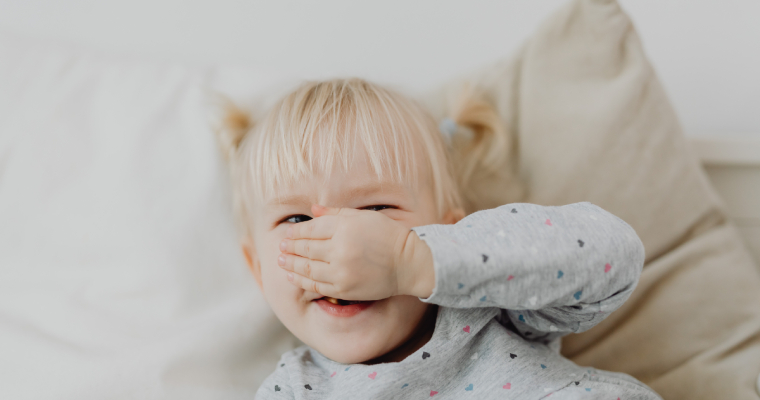
Not when your baby is less than a year old. Following the practice until he/she turns 18 months is even more recommended. You can then start to ease off a bit because, after this age, you are likely to notice your toddler starting to cuddle their favorite soft toy or any other favorite item.
As far as the safe age to use a baby pillow, there is no clear-cut answer from any of the child safety organizations and their experts. In general, the safest period to introduce a pillow could be when your toddler transitions out of their crib and to their big girl/boy bed. This is because, as the bed will be open, without any bars as in their crib, the chances of a pillow getting caught in the same are very low, which in turn brings down the chances of suffocation and other accidents significantly.
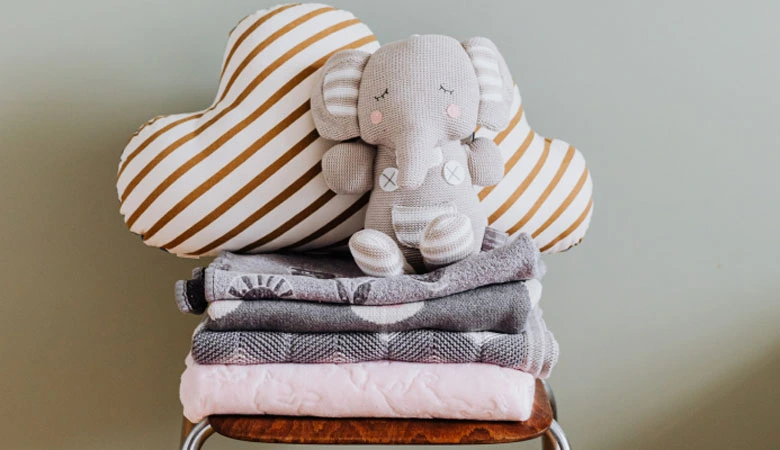
And when you know that your toddler is ready to take a pillow, do not just throw in any pillow from your bed or your guest bed; their pillow shouldn’t be as fluffy as that of an adult’s. What you need to get is a small and reasonably firm pillow, as this will help their developing spine and neck.